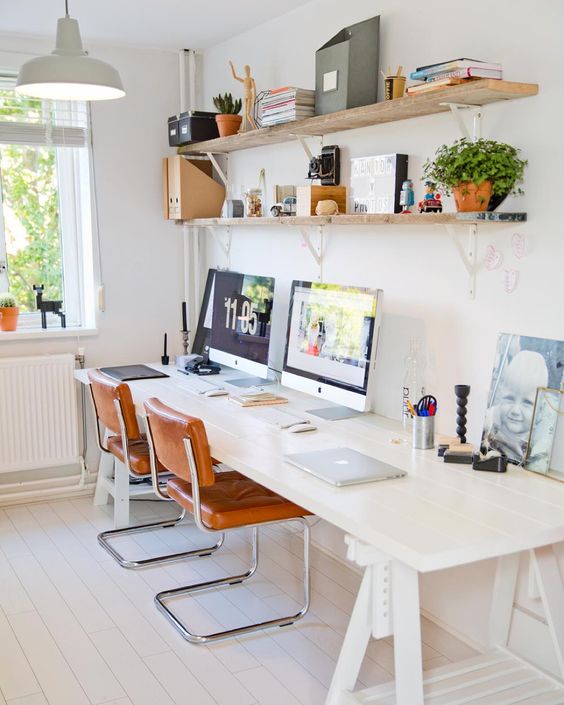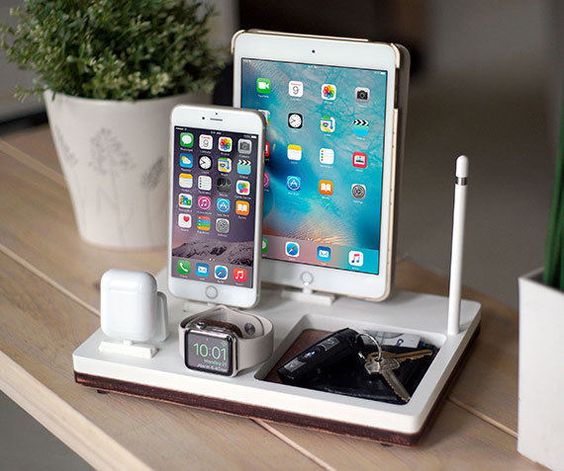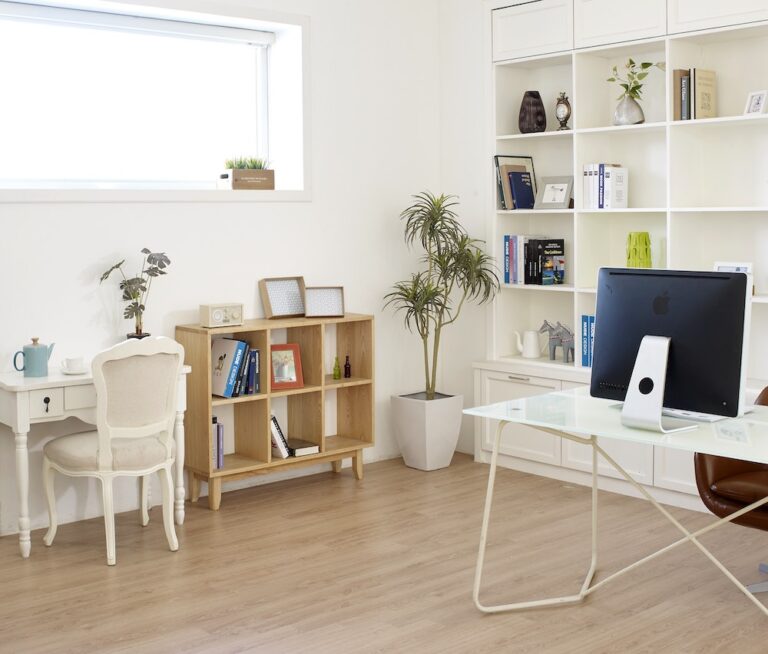Moving with Pod Storage – 8 Steps for Ensuring the Safety of Electronics
Shifting from one house to another can be an overwhelming experience. Standing over the bittersweet feelings of leaving and the excitement to relocate is the stress of managing the move. Packing your clothes, furniture, and daily essentials don’t have to come with a guidebook. But in the case of electronics, you do need to take care and proceed with caution.

Due to their fragile nature, there’s always a lingering worry when it comes to the transportation of electronic goods. No one would want his investments to get damaged on the way to a new home. Stats reveal that electronics take up a 20% slice of the pie chart of items that are commonly moved. This category is second to only household goods.
Consider having some peace of mind while moving by hiring top rated movers who will treat your most prized possessions with the utmost care. With such a high probability of possible damage, is it worth taking the risk? When you call professionals to come in and do what they do best, you can try to take a moment to rest from the stress of pre-moving organization. Instead, focus on what’s in your control: packing.
This calls for the need of being careful with the packing and storage of electronics. So, without further ado, let’s jump into the top 8 steps for ensuring the safety of electronic products when storing or moving them.
1. Back up important data
Devices like computers and laptops should be made to go through a data-backup session. Other electronics like media boxes and smart televisions may also contain data that you might need to back up. Store data in a hard drive or online and delete any files that you wouldn’t want to get compromised. These include family pictures and other sensitive information.
2. Follow given instructions and separate parts
Equipment always comes with a user manual. Read through it to make sure you don’t miss any necessary packing steps. For example, certain electronics are temperature-sensitive. Take proper measures to keep such items safe. If you can’t find any manual, search for a copy online.
Once done, start with removing CDs, cassettes, USBs or any such items. These can get jammed and subsequently damage your gadget. Next, put the chargers, cables and other accessories away. Make use of zip ties to keep wires and cables rolled up securely.
Avoid rubber bands, specifically, if you live in a hot area. Rubber bands can melt and cause damage to your goods. If any components require to be taken apart, meticulously separate them without any haste. Don’t forget to remove batteries to prevent leakage.
3. Clean off the dust and coverup
Moving and settling at another house takes time. All this while, your electronics sit in a storage container such as a pod. In the meantime, you don’t want the debris in the nooks and crannies of your equipment to stay there and potentially cause harm to the device.
Therefore, wipe all items before readying them for storage. To this end, you can employ a compressed air duster. Such a spray sends out a stream of air that blows off the dust from parts that are hard to reach. After that, protect all your hard work by covering up equipment with cotton or canvas.
4. Pack the electronic equipment for storage
Packing your pricey gadgets properly is the next step of the task ahead of you. You can start by arranging bubble wrap and finding the original boxes of each device. The packages in which the electronics come originally are best designed to keep them safe. If you can’t find them, look out for close alternatives.
Additionally, make sure that the boxes are made of thick cardboard and are of the size of the electronics. Enclose all items in a bubble wrap before putting them in boxes. Bubble wrap provides ample cushioning. Try to get ahold of an anti-static bubble wrap to avoid all harms. Another tip is to not leave any empty spaces in the boxes to prevent damage. Fill them with paper or cloth. Use tape to secure boxes.
5. Memorize what is where and attach labels
One thing that you should do at each and every step is to click a picture if the way you have packed things is complicated. This way, when you unpack, you wouldn’t find yourself in a web of confusion. Moreover, put a label on each box to remember what is where when the time comes.
You can also attach sticky notes with any instructions that you would like to give to yourself in the near future. Make an inventory list of all the electronics you are storing. To avoid the attention of thieves, don’t attach obvious labels to costly gadgets. Plus, record the current settings and configurations to save time on resetting electronics.
6. Keep all important documents handy
Furthermore, make certain that you have the warranties and guarantees of all the electronics with you. You will be able to protect yourself against massive expenses in any unfortunate cases of damage. In this regard, keep all documents in a single box for easy management.
7. Arrange storage containers such as a moving pod
When it comes to transportation and storage, you can do it yourself, but that can be inconvenient in more ways than one. It is specifically challenging if you’re moving to a distant location. A better idea is to consider professional moving via a storage pod such as ALTA Storage. A moving pod is a blend of a truck and a storage container. Therefore, it provides two services at once. Make sure to explore any limitations as well.
You will also have to ensure that whichever storage unit you opt for is climate-controlled. Particularly, if your goods have to sit in there for a long stretch of time. Almost all electronics don’t react well to moisture or extreme temperature conditions. Discuss such details with your storage facility provider. Partner up with an insurance provider if you can.
8. Be careful regarding the placement of items
Lastly, be mindful to keep your items properly organized. Make sure to place the heavier objects at the bottom. Don’t lay a television or another screen flat. Keep your electronics at the back of the unit. They should be close to the HVAC vents. Also, placing electronics in the back can reduce the risk of theft.
What’s more, avoid stacking items on each other. Store larger electronics by leaning them against the wall of the unit. When you take the items out for settling them at your new place, let them adjust to the temperature before connecting any plugs.
Take home message
To sum up, the handling, storage, and transportation of electronics require you to be smart. Make certain that all gadgets are packed adequately. As a recap, detach components and accessories. Moreover, follow manual instructions, clean items and pack them in their original boxes. Provide cushioning with bubble wrap, paper, and fabric. Not to forget, stick labels, keep documents in one box, and arrange a unit for storage and transport to the new home.












